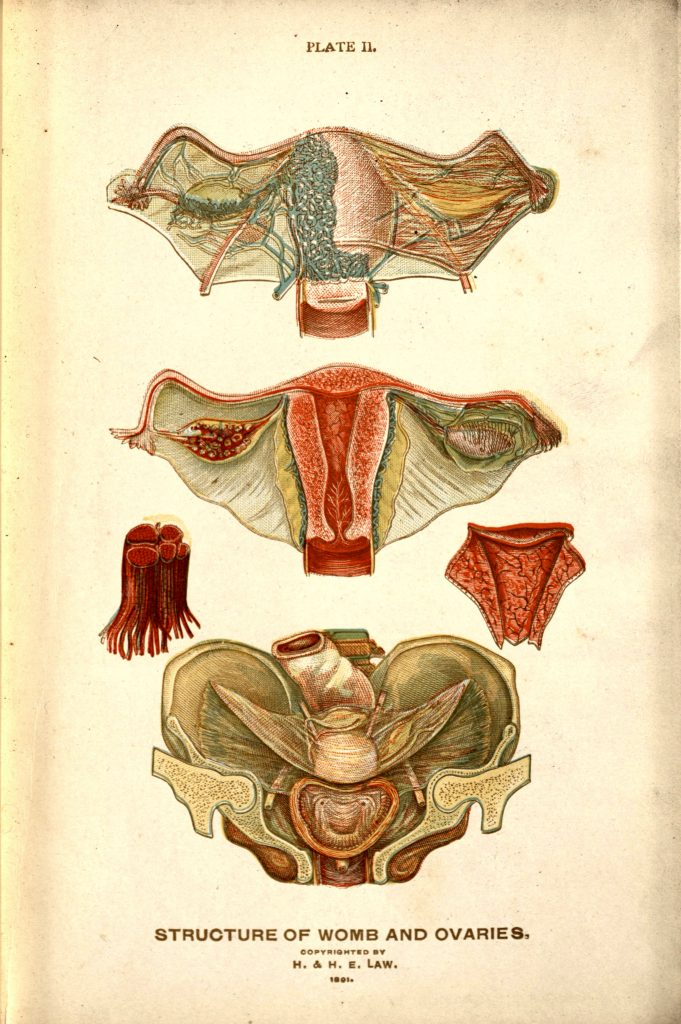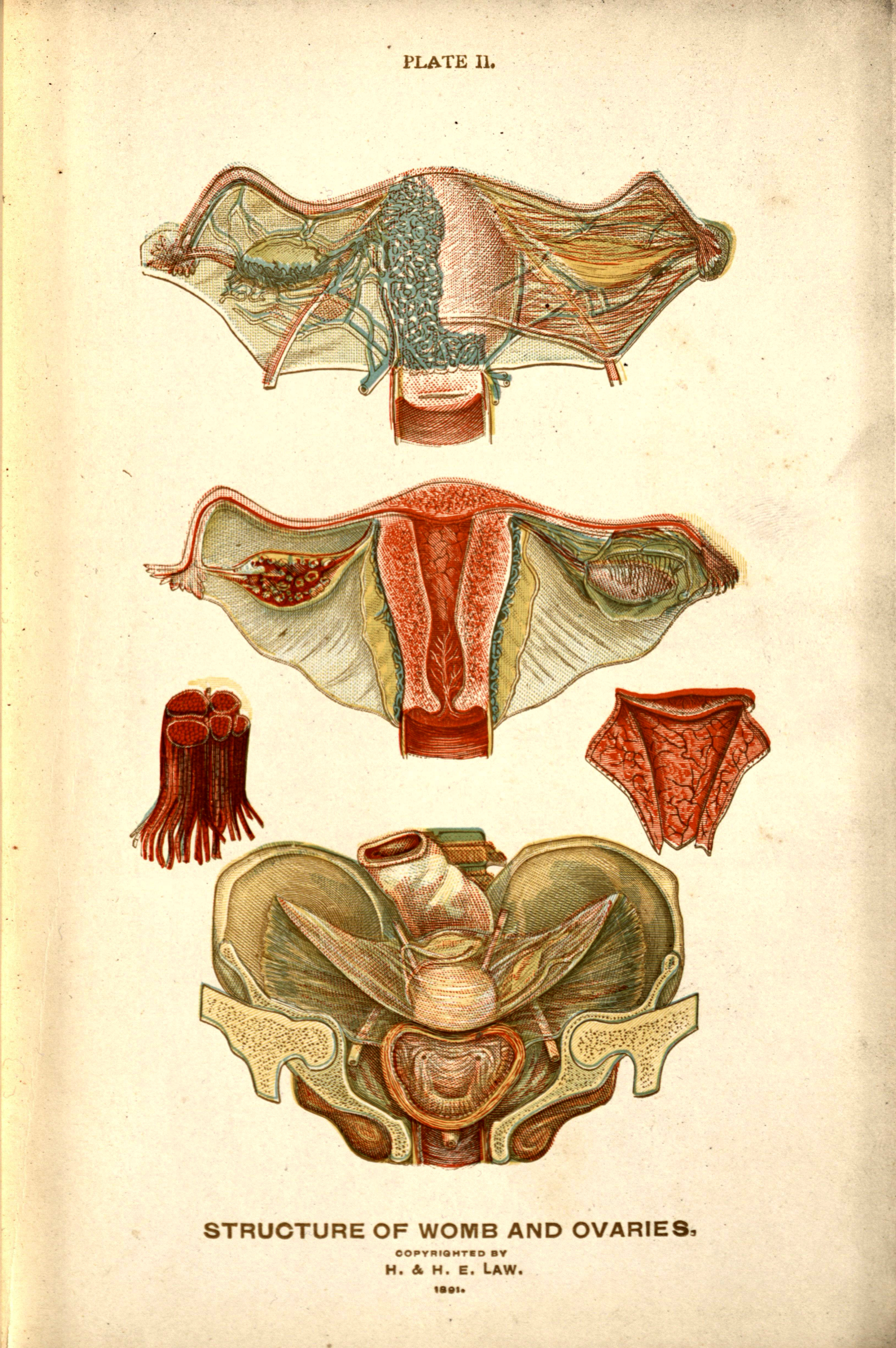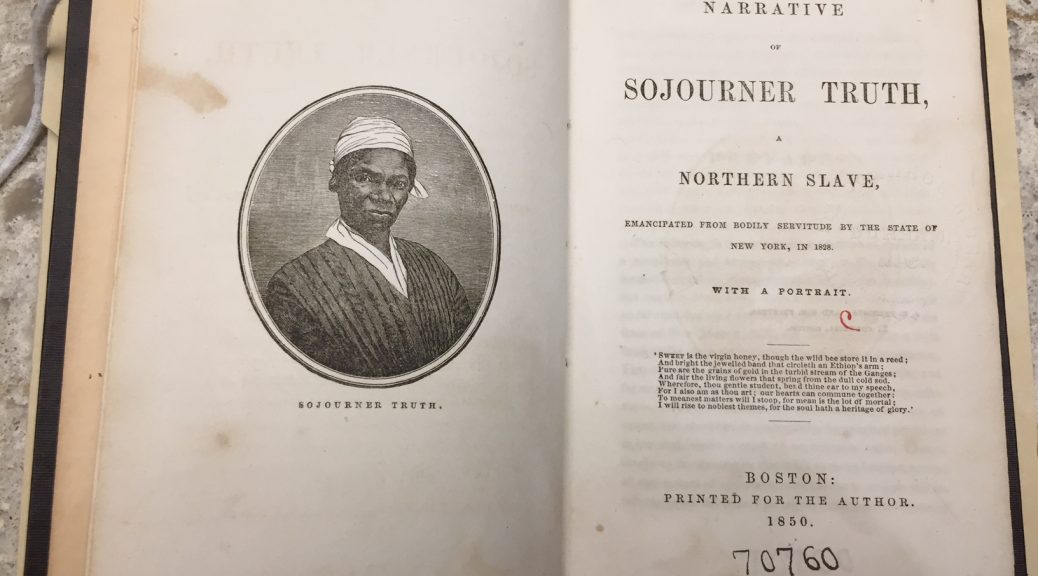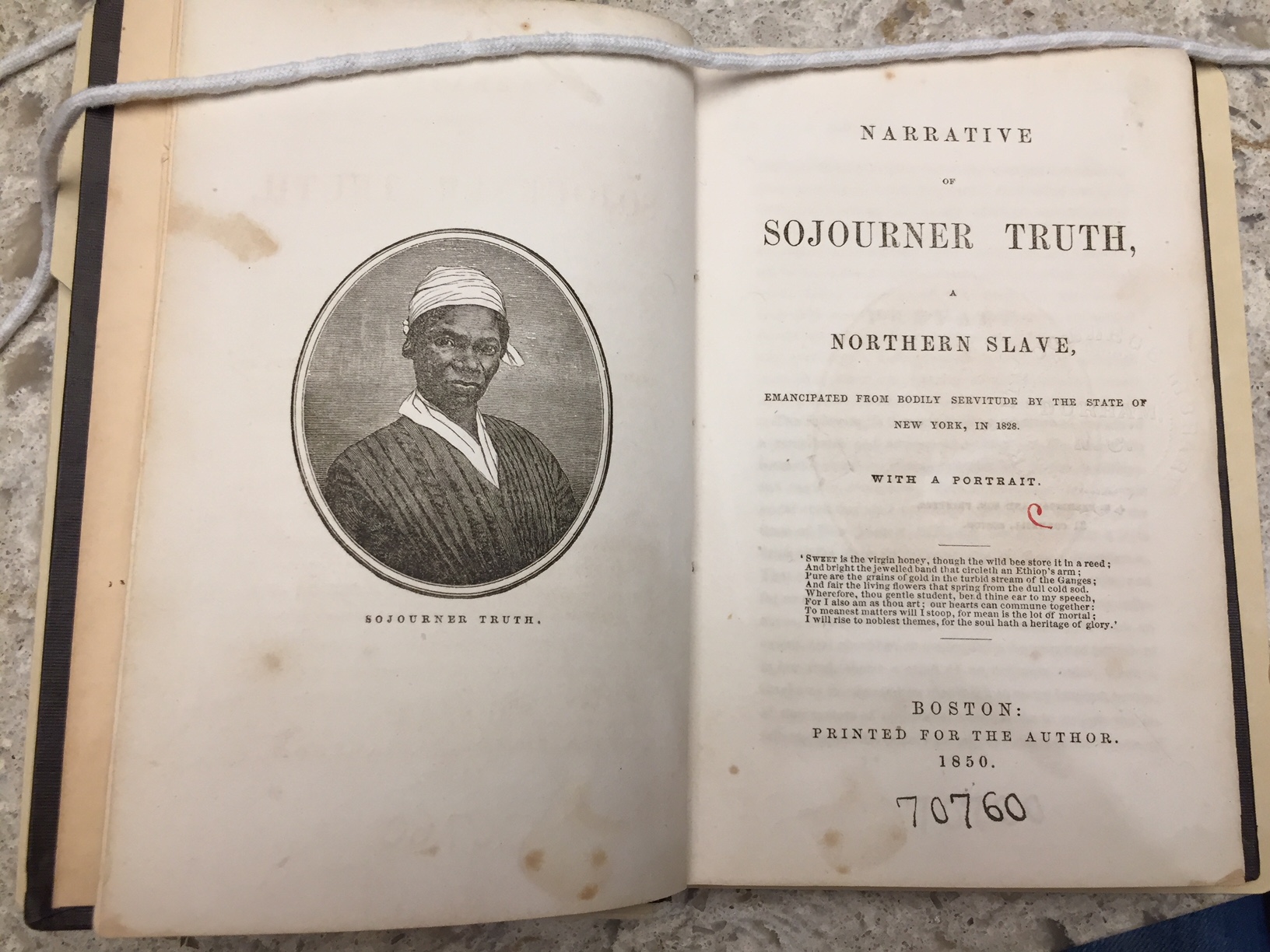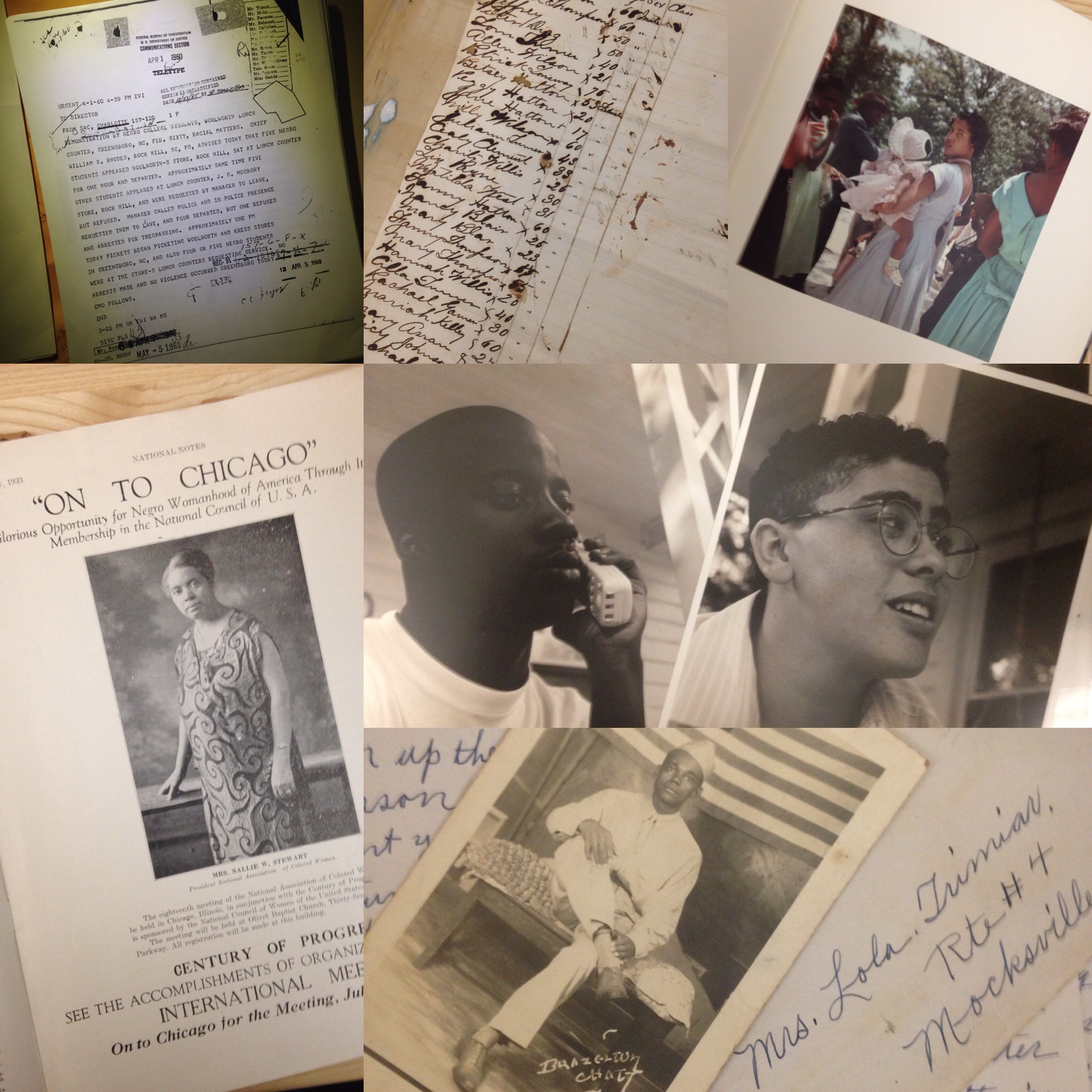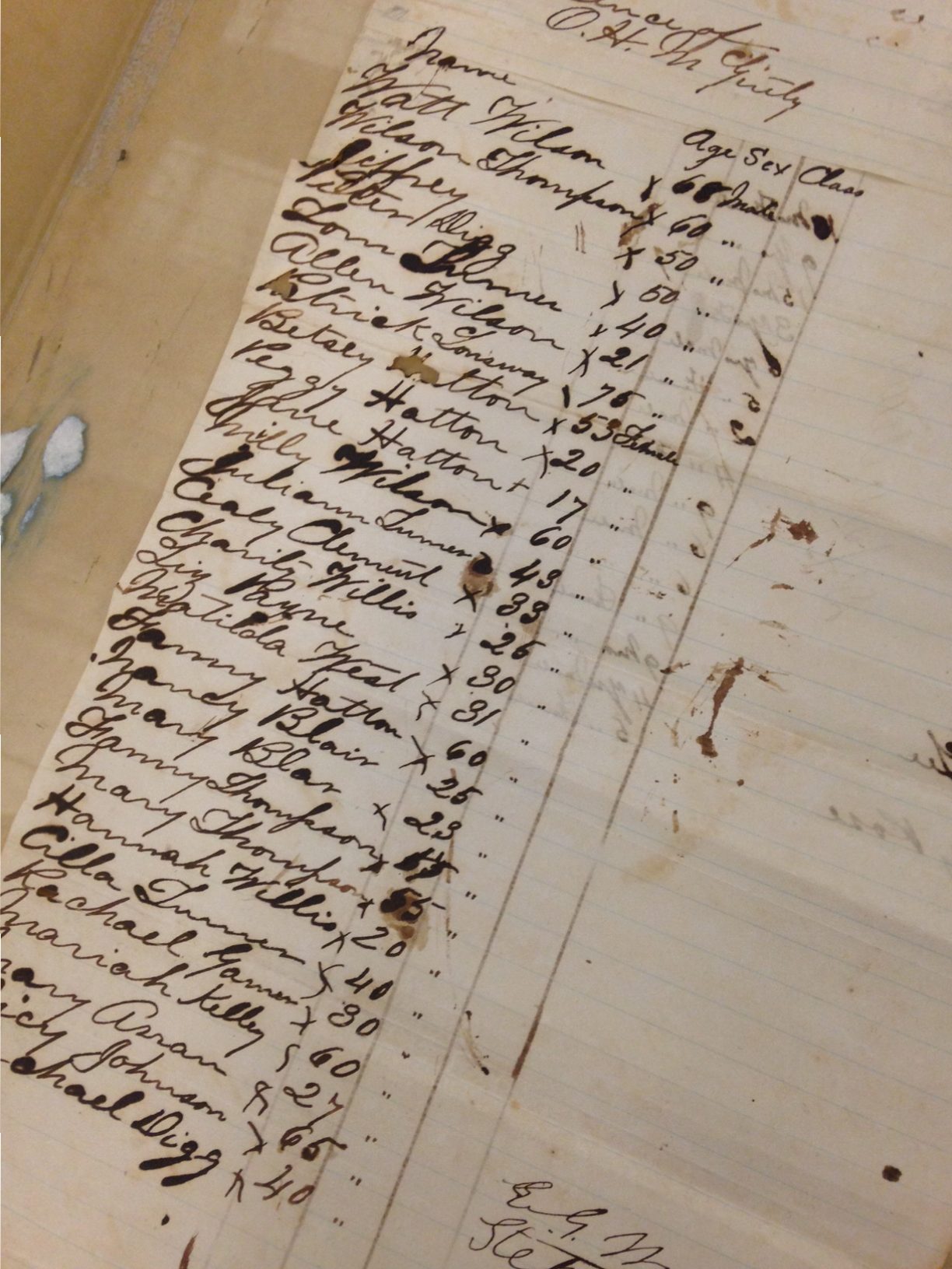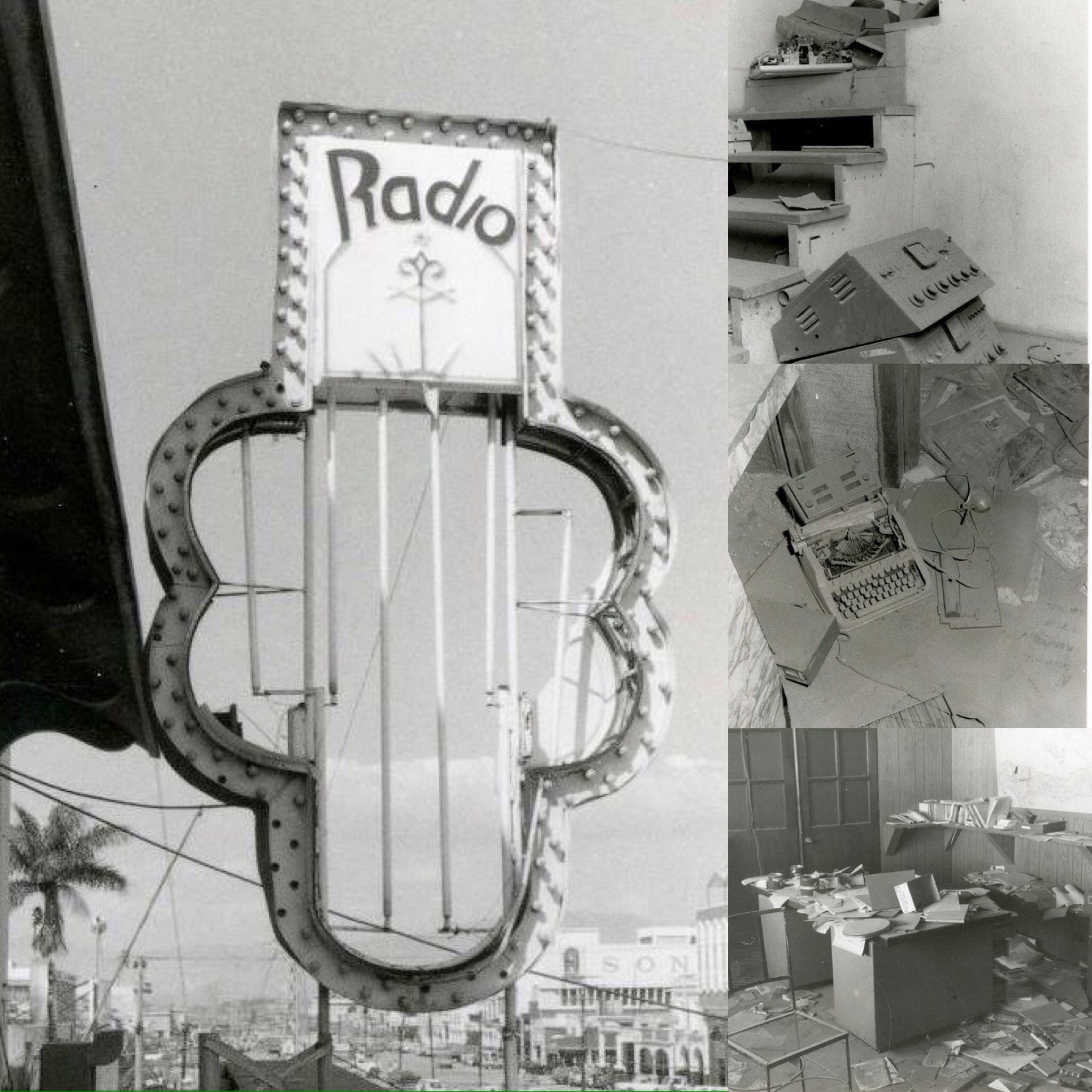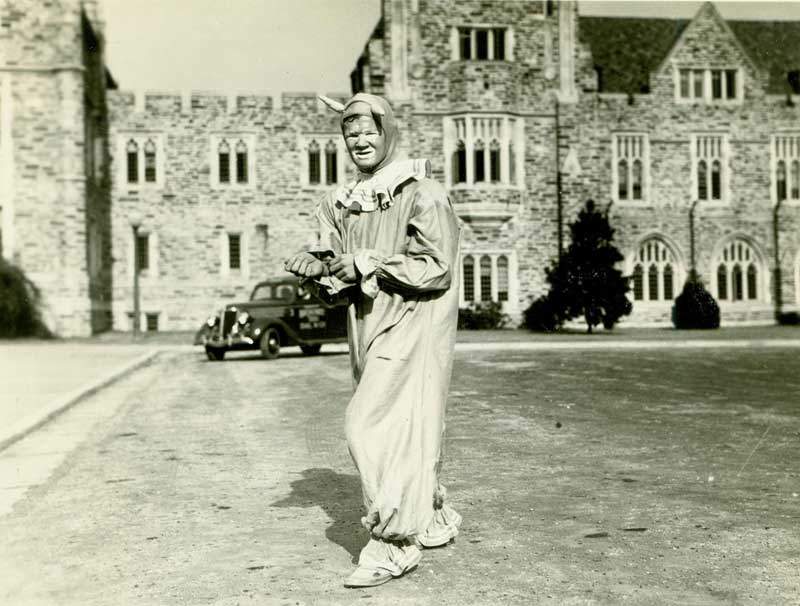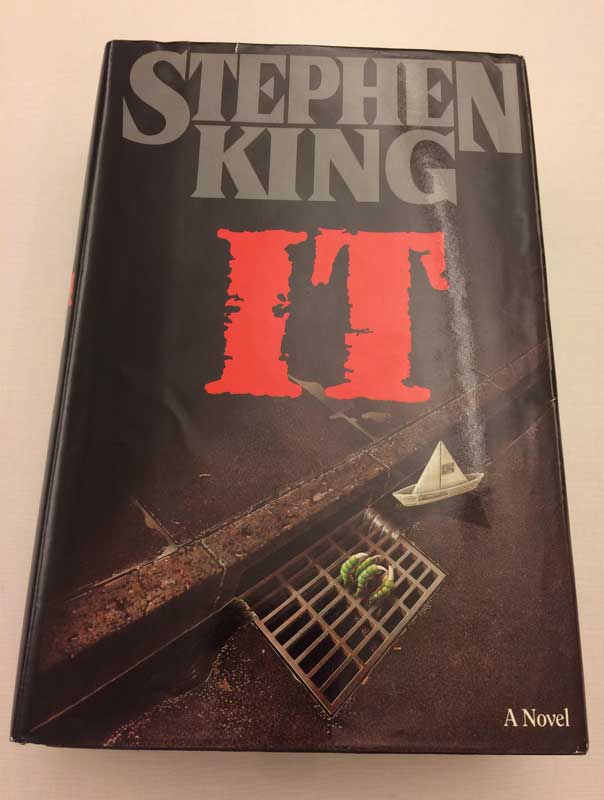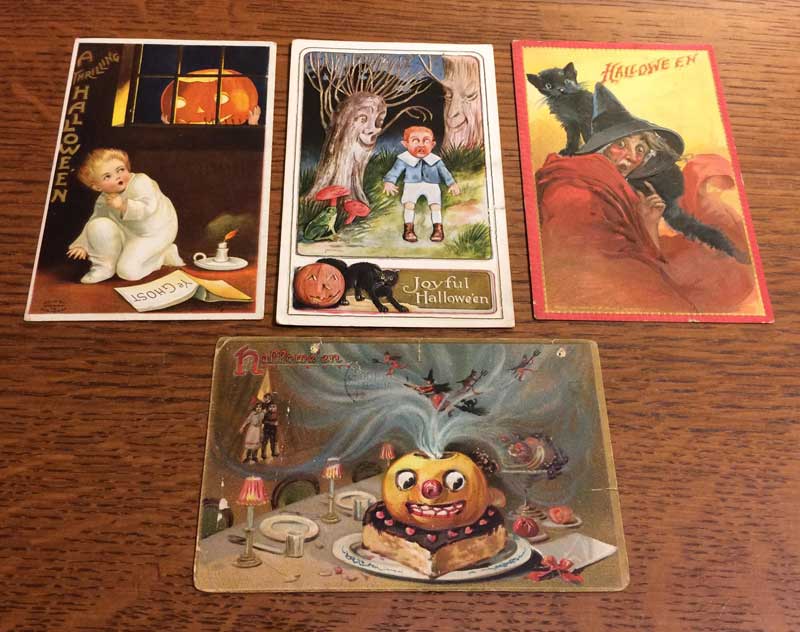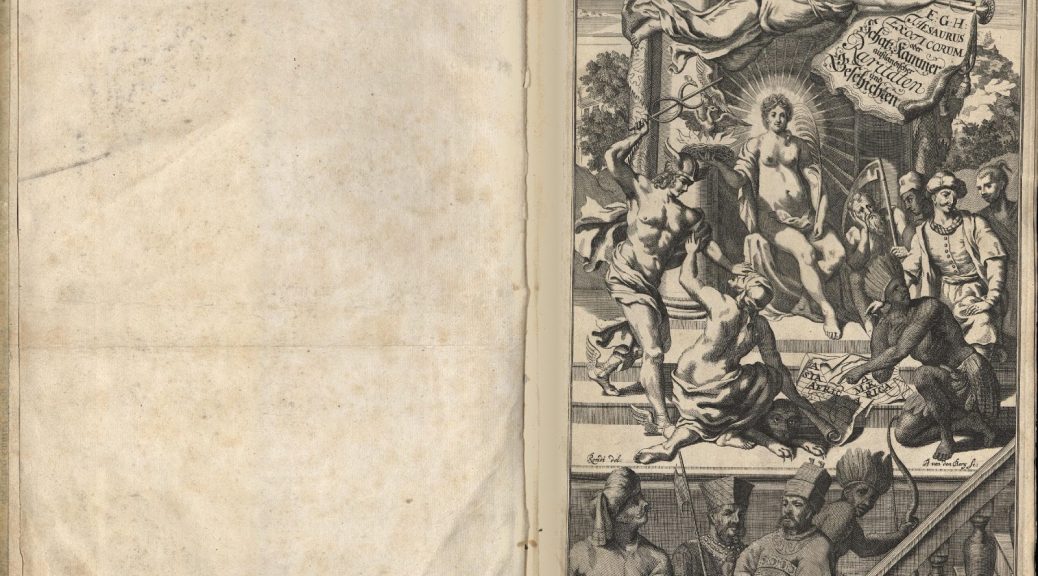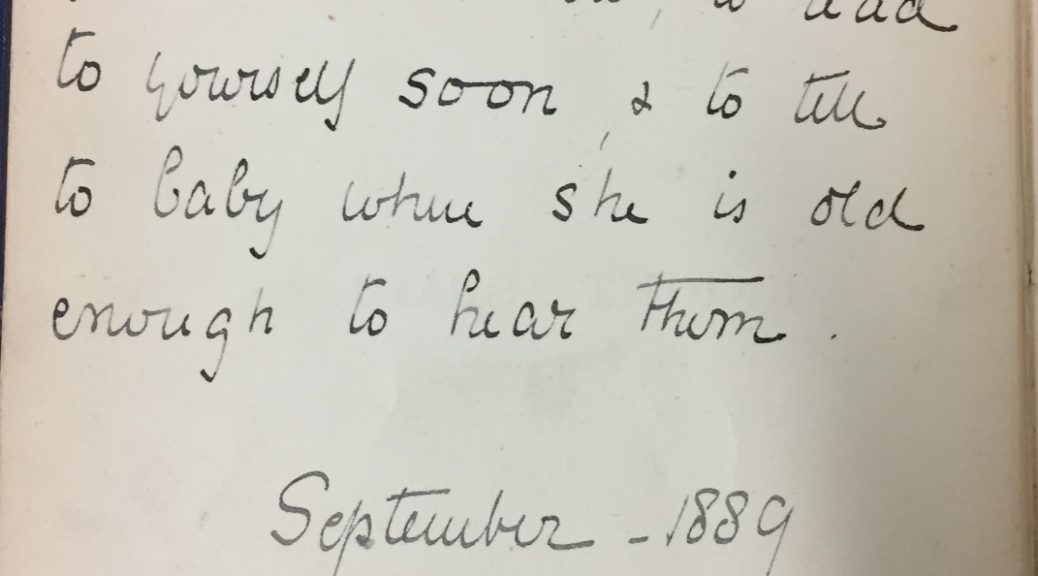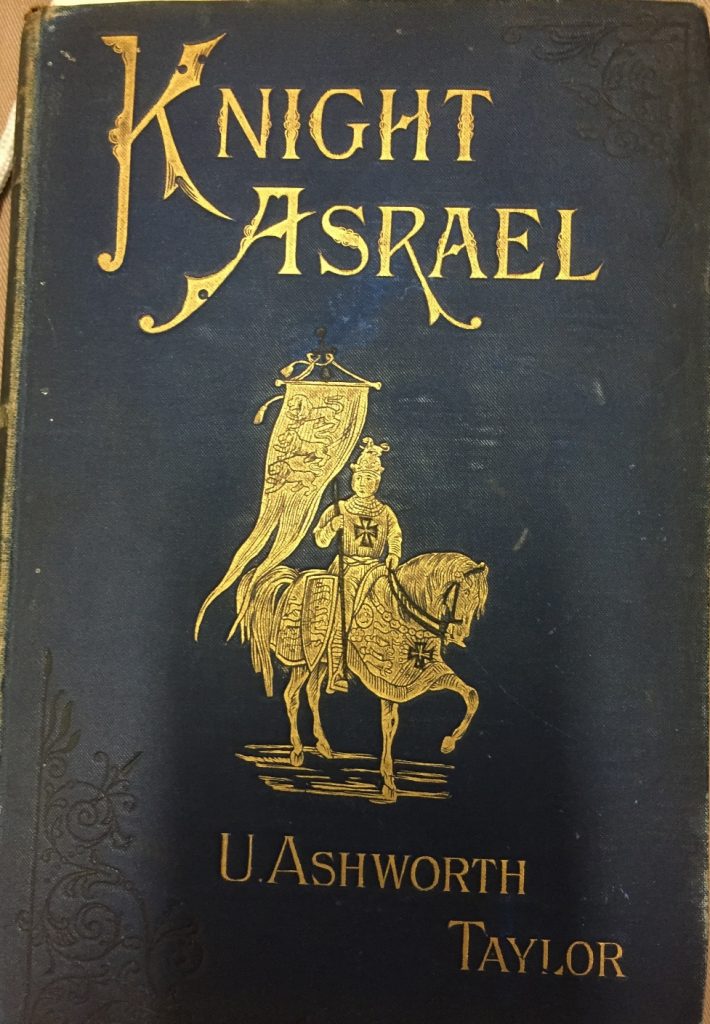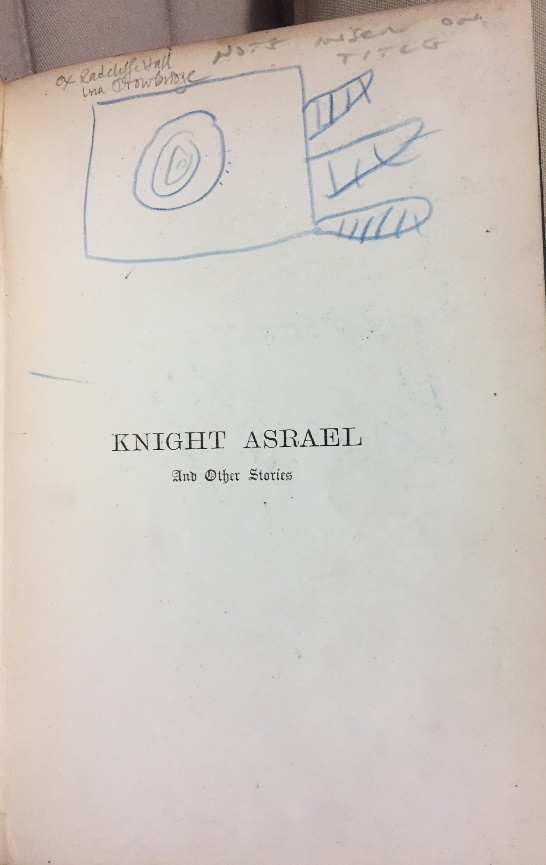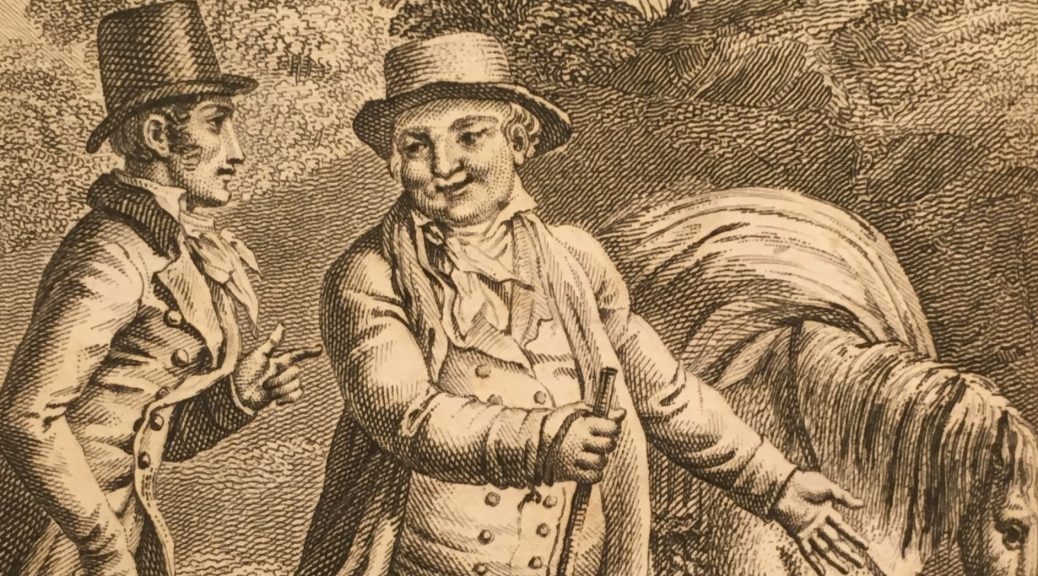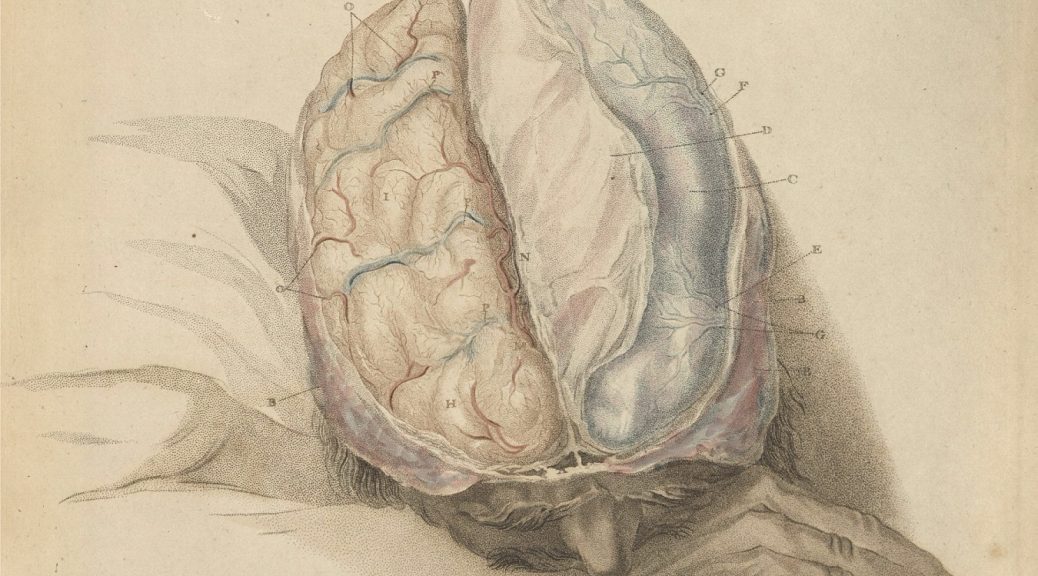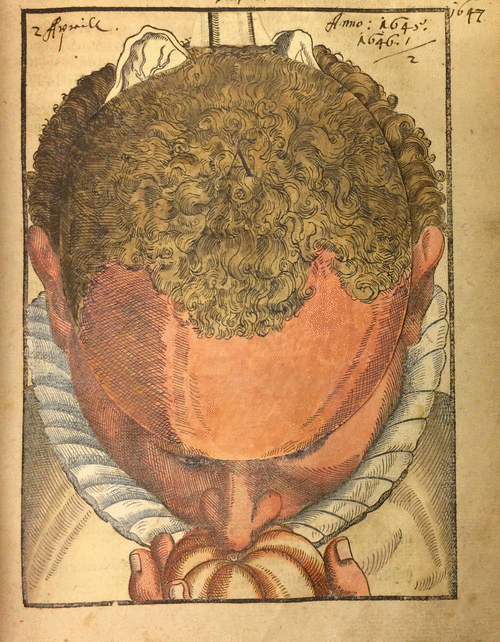Post contributed by Laura Micham, Merle Hoffman Director of the Sallie Bingham Center for Women’s History and Culture
Join the staff of the Bingham Center as we celebrate the newly acquired Sarah Westphal Collection and the opening of an exhibition of works from the collection.
The attention to recovering traces of women’s voices and women’s agency that motivates all of Sarah’s research and work in the field of medieval gender studies also underwrites her approach to building her collection.
—Ann Marie Rasmussen, Professor and Diefenbaker Memorial Chair in German Literary Studies, University of Waterloo
Date: Wednesday, July 25, 2018
Time: 2:00pm to 3:00pm
Location: Holsti-Anderson Family Assembly Room, Rubenstein Library 153
RSVP on Facebook (optional)
Speakers:
- Jean Fox O’Barr, Duke University Distinguished Service Professor
- Ann Marie Rasmussen, Professor and Diefenbaker Memorial Chair in German Literary Studies, University of Waterloo
- Thomas Robisheaux, Duke University History Department
The exhibit will be on display in the Michael and Karen Stone Family Gallery from July until December, 2018
Sarah Westphal, who received her PhD from Yale in 1983, was a member of the Department of Germanic Languages and Literature and an affiliate of the Program in Women’s Studies at Duke from 1983-1986. In addition to her long academic career as a scholar of medieval German literature, Westphal has spent thirty-five years amassing a collection of over six hundred books written, printed, illustrated, or published by women from the seventeenth to the twentieth century. Westphal’s particular interest is women in Britain and continental Europe in the eighteenth century. The collection includes monumental works such as a beautifully-bound first edition of Mary Wollstonecraft’s A Vindication of the Rights of Women (1792) as well as previously unrecorded works and unique manuscript collections.
In Sarah Westphal’s own words the collection is “anything and all things that women published or were interested in, especially in the eighteenth century.” The collection ranges from literature for children and adults to science, cookery, travel writing, prescriptive literature, political and philosophical treatises, biographies of women by women, and works by women printers and artists. This exhibition presents eighteen items selected by Westphal, each with its own complex story.





